Hemp-based products offer more than just a legal high. In fact, it was the flourishing market in non-intoxicating CBD products over the last decade that led to the commercial development of psychoactive CBD derivatives like delta 8 THC. While CBD was the primary building block for the psychoactive hemp market, it also created curiosity about other nonintoxicating hemp components like CBG and our current topic: CBDV.
Cannabidivarin (CBDV) is a familiar name to cannabis researchers. First isolated in the late 1960s, this CBD homolog has seen increased attention over the past decade. Mentions of CBDV were peppered throughout scientific papers from the 1970s to the early 2000s, though little to no research occurred. It was instead overshadowed by CBD.
We’re now learning more about CBDV’s effects and pharmacological potential. There’s growing evidence that CBDV has anticonvulsant and anti-inflammatory properties, and it may also have therapeutic applications for those with autism spectrum disorder (ASD). Other uses have been investigated with mixed results.
What is CBDV?
Dubbed CBDv by a few sellers, CBDV is a minor phytocannabinoid, or a substance produced naturally by the cannabis plant. It was identified by German researchers in 1969. Two years later, Frans W. H. M. Merkus added insights into CBDV’s synthesis and structure.
In “varin cannabinoids,” like CBDV, THCV, and CBGV, the molecule has a shorter carbon atom side chain: three carbon atoms versus five for CBD, THC, and CBG. It’s unclear how tail length impacts these cannabinoids’ effects.
CBDV’s molecular relation to CBD is clear in its characteristics. Effects aren’t one-to-one, but the crossover is undeniable. Anecdotally, both cannabinoids promote relaxation and aid in anxiety management. Research also suggests that CBDV could be effective in treating seizures and neurological disorders (as CBD has proven to be), as well as certain inflammatory conditions.
Due to CBDV’s molecular structure, some chemists have opted to study it independently of CBD. Others have explored their combined effects.
High-CBD hemp, especially Indian landrace strains, is also richer in CBDV. But richer doesn’t necessarily mean rich; only trace quantities of CBDV are found in cannabis. It’s unclear how much CBDV exists outside of landrace hemp.
Medical uses of CBDV
Much of the interest in CBDV stems from its possible medical uses. A study on CBDV and seizure reduction has led to a series of follow-ups, including an exploration of its potential as an epilepsy treatment. We’ve also seen research into CBDV’s impact on inflammation, inflammatory bowel disease (IBD), and Rett syndrome.
It’s important to note that some of these studies were unsuccessful. In 2020, a crossover trial found that CBDV does not alleviate neuropathic pain in HIV patients.
As one may expect from an under-researched cannabinoid, none of these effects have been proven. There’s limited evidence, yes, but more experiments are needed to confirm any of CBDV’s medical applications. The United States Food and Drug Administration (FDA) has not yet approved any CBDV-based drugs for pharmaceutical use.
Epilepsy treatment
Inquiry into CBDV’s anticonvulsant properties kicked off in 2012, with a second study following just a year later. The early results were promising.
First, scientists explored CBDV’s anticonvulsant abilities in four rodent seizure models. By using a diverse range of models, researchers were able to get a more detailed view of CBDV’s potential as an anticonvulsant. Seizure disorders are complex and their causes vary between patients.
Even without the aid of other cannabinoids or extracts, CBDV appeared to reduce seizures in all but the fourth model. Researchers then discovered that pairing CBDV with popular anti-seizure medications led to symptom reduction in that model, as well. There were no adverse changes to motor function. Such impressive results were bound to catch scientists’ attention, prompting further research.
A handful of experiments have since explored CBDV as an anticonvulsant or epilepsy treatment. The 2013 in vivo study looked more deeply into the efficacy of cannabis-derived botanical drug substances (BDSs) rich in CBDV. Once more, the team noted significant anticonvulsant effects.
Despite these positive outcomes in rodents, however, there’s less evidence of CBDV’s effectiveness in human subjects.
One of the few human trials followed five young girls with Rett syndrome, a neurological disorder associated with drug-resistant seizures. CBDV was shown to reduce seizure frequency and severity in the subjects, but due to a low number of participants, the outcomes are not conclusive. Infections and central nervous system issues, including excessive sleepiness, were the most common adverse effects reported by patients.
A 2021 trial on focal seizure patients showed promise, but the placebo response was high.
Cannabis researchers have also taken a closer look into CBDV’s effects on epilepsy-related gene expression. Not only have we seen CBDV’s potential behavioral effects, there may be evidence of its benefits on a molecular level. Again, far more studies are needed to validate this research.
A CBDV-derived anticonvulsant is currently in development by GW Pharmaceuticals. If approved, the drug is intended to treat both adult and pediatric epilepsy, as well as Prader-Willi syndrome. (GW is the same company that received FDA approval for Epidiolex, a CBD-based medication proven to treat certain childhood seizure disorders.)
Autism spectrum disorder (ASD)
The presentation of autism spectrum disorder (ASD) varies from person to person, but certain core symptoms can reduce quality of life.
Hemp-derived CBD may help with emotional stability and communication, which, in turn, can improve interpersonal well-being. Some individuals on the spectrum have experienced better concentration and a reduction of self-injurious behaviors when using CBD. Most trials concentrate on children, though CBD’s neurological benefits could also apply to adults with ASD.
The link between ASD and CBDV is preliminary, but there’s reason to believe it could also provide support. Most notably, CBDV may aid in endocannabinoid signaling and balancing excitatory-inhibitory systems in adults on the spectrum. While there’s some proof of these changes in the brain, further research is needed to demonstrate behavioral effects.
GW Pharmaceuticals is currently studying CBDV as a possible ASD treatment for children, in addition to its research on CBDV as a seizure treatment.
Other medical uses of CBDV
There’s limited research on CBDV and inflammatory bowel disease (IBD), but the cannabinoid shows great promise in this area. In 2019, researchers explored CBDV’s ability to reduce inflammation in those with ulcerative colitis (UC) or similar gut conditions. The experiment utilized both mice and biopsies from pediatric UC patients.
In one pass, scientists uncovered a range of potential benefits. CBDV reduced several key signs of gut inflammation, including neutrophil infiltration and intestinal permeability. It also appeared to help regulate microbes in the digestive tract.
Further, CBDV and THCV may reduce nausea. Research is scarce here, but as always, the results merit future trials.
Does CBDV get you high?
No, consuming CBDV products on their own won’t get you high. Like CBD, CBDV binds ineffectively to CB1 and CB2 receptors in the endocannabinoid system. Neither produces psychoactive effects. Users may experience mental or physical relaxation, but not the euphoria associated with THC or HHC use.
Keeping that in mind, always review the ingredients and cannabinoid facts of your hemp. It didn’t take us long to find a disposable CBDV vape containing delta 8 THC. The CBDV isn’t going to get you high, but the product itself will.
Is CBDV safe?
CBDV is likely safe for human consumption, but mild adverse effects were reported in clinical trials. It might cause excessive drowsiness (somnolence), nausea, dizziness, or diarrhea—side effects already associated with CBD use.
Finding CBDV products is a challenge. Regardless, a lack of availability doesn’t mean you should buy from untrustworthy retailers. Hemp products of any kind should be purchased from trusted retailers with transparent safety testing.
Despite the growing popularity of hemp and its derivatives, the U.S. government has yet to establish regulations. Third-party testing isn’t legally required. Reputable brands want consumers to know that their products are contaminant-free and contain the advertised ingredients. If there’s no proof of testing, that’s the ultimate red flag.
Before making a CBDV purchase, locate the certificate of analysis (COA). You can usually find this document in the product’s description. Other companies will include a link to COAs in the header or sidebar of their website.
CBDV vs CBD
Although CBDV has undergone far less research than CBD, they could rival each other in select areas of medicine, particularly epilepsy or seizure disorder treatment.
Both CBD and CBDV are known for their stress-relieving effects. While users report that both cannabinoids can promote relaxation and a calmer mind, CBD is generally more sedating than its sibling. Consider CBDV during the daytime, then transition to CBD at night.
On a purely structural level, the length of their carbon side chains sets this pair apart. CBD has two additional carbon atoms in its tail.
It’s still unclear how CBDV’s shorter side chain alters effects and bioactivity. At least in psychoactive derivatives, there’s reason to believe that longer carbon chains translate to improved binding in the endocannabinoid system. This doesn’t apply to nonintoxicating substances like CBD or CBDV. Regardless of the size of their carbon chains, CBD and related cannabinoids bind poorly.
Will CBDV show up on a drug test?
The answer is technically “no,” but drug testing is a tricky topic when you’re looking at hemp.
On one hand, it’s extremely unlikely that CBDV will cause a failed drug test. These screenings search for the THC-COOH metabolite, which is produced by the liver after THC (hemp- or marijuana-derived, including THC variants like delta 8) is processed by the body. Physiology and usage should be considered, but in general, THC-COOH can be stored in fat cells for several weeks.
Nonintoxicating cannabinoids like CBDV don’t convert into THC-COOH. Still, it’s not advisable to consume any cannabis products before a drug screening. Vape oil, edibles, or tinctures may contain trace amounts of THC—and obviously, any products that blend CBDV with delta 8 or other psychoactive hemp products are likely to cause a failed test.
If you’re consuming large quantities of CBDV, trace THC can build up. Some cannabinoid blends will contain even larger amounts. For the best possible outcome, play it safe and avoid hemp products altogether before a drug test.
Is CBDV legal and where is it sold?
In the U.S., CBDV is a legal hemp derivative under the 2018 Farm Bill. As long as the tincture, vape oil, or edible contains under 0.3% delta 9 THC by dry weight, you can legally buy and possess CBDV unless state law prohibits it.
CBDV products are relatively uncommon, but they can be purchased from some online retailers. Some manufacturers offer CBDV isolates or broad-spectrum oils; others sell vape blends containing CBDV mixed with other hemp-derived cannabinoids like delta 8 THC or CBD.
There is also a strain of high-CBD hemp bud selectively bred for elevated CBDV levels. Multiple hemp brands sell this flower, called Forbidden V.
President Trump promised during his election campaign to “save vaping," but his administration has undermined that goal at every turn.
The U.S. disposable vape market has grown to $2 billion in annual sales, although nearly none of the products are authorized by the FDA.
More than 30 bills that would impose severe restrictions vaping consumers’ product choices remain active in U.S. state legislatures.
The Freemax REXA PRO and REXA SMART are highly advanced pod vapes, offering seemingly endless features, beautiful touchscreens, and new DUOMAX pods.
The OXVA XLIM Pro 2 DNA is powered by a custom-made Evolv DNA chipset, offering a Replay function and dry hit protection. Read our review to find out more.
The SKE Bar is a 2 mL replaceable pod vape with a 500 mAh battery, a 1.2-ohm mesh coil, and 35 flavors to choose from in 2% nicotine.

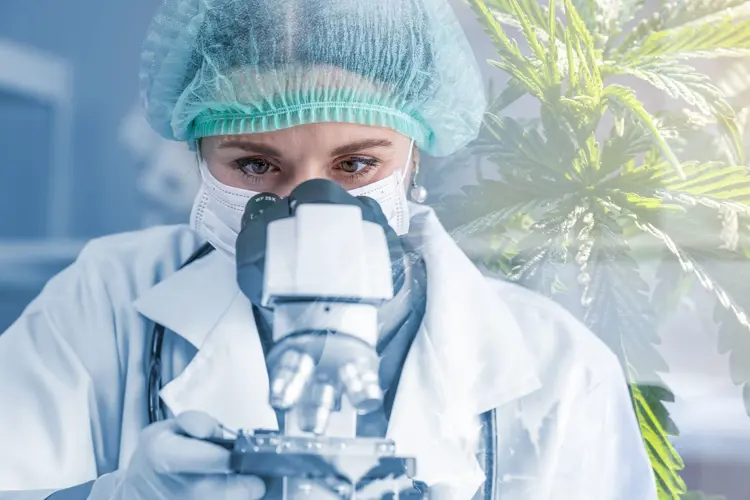










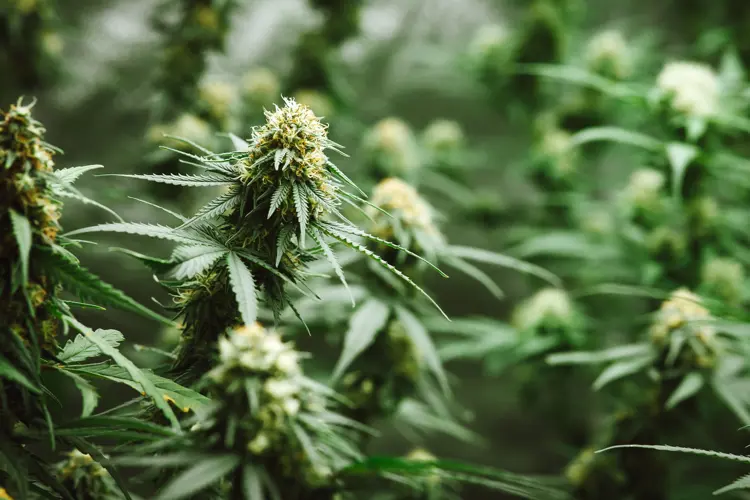
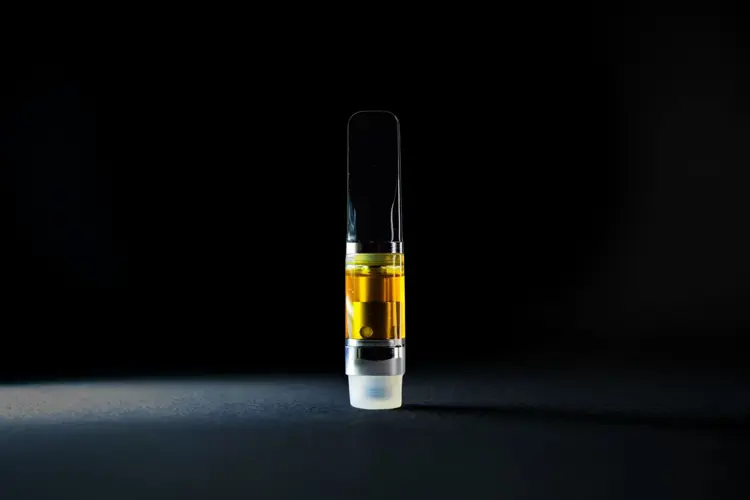
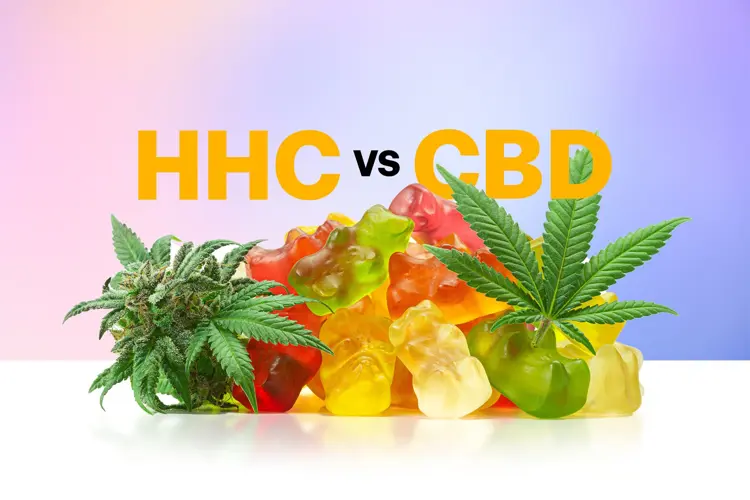
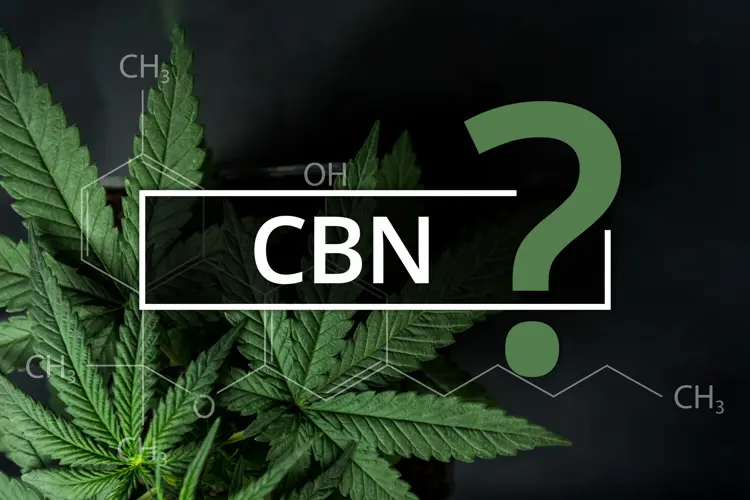
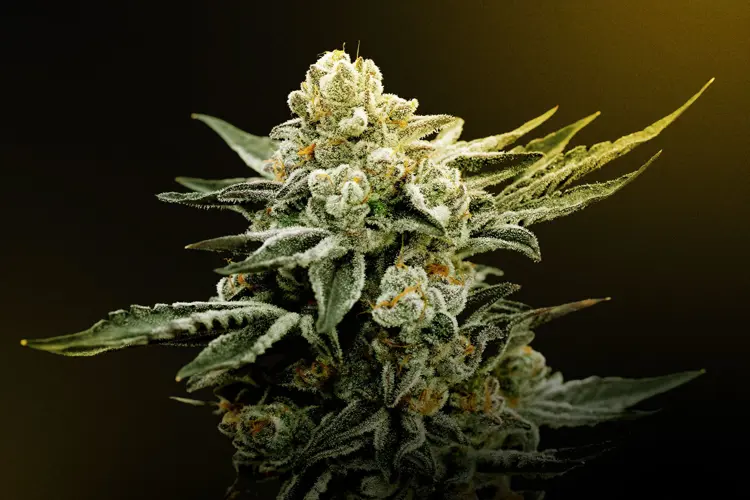
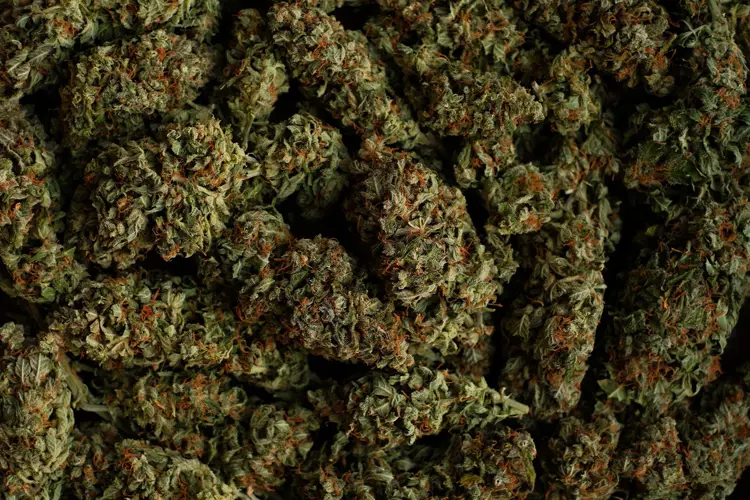

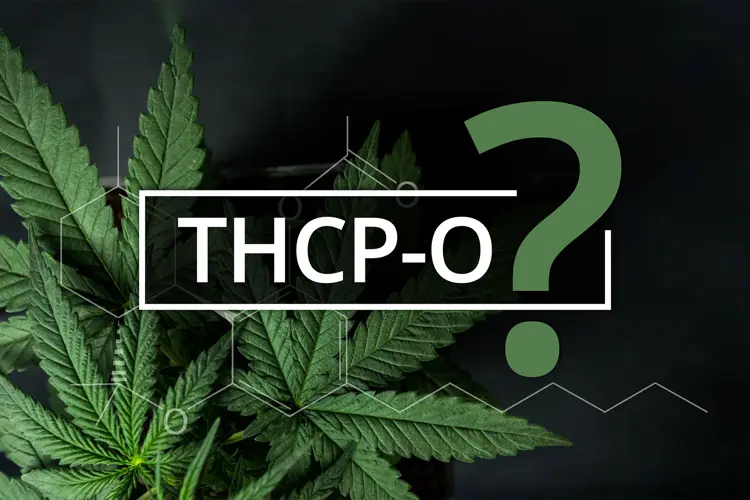
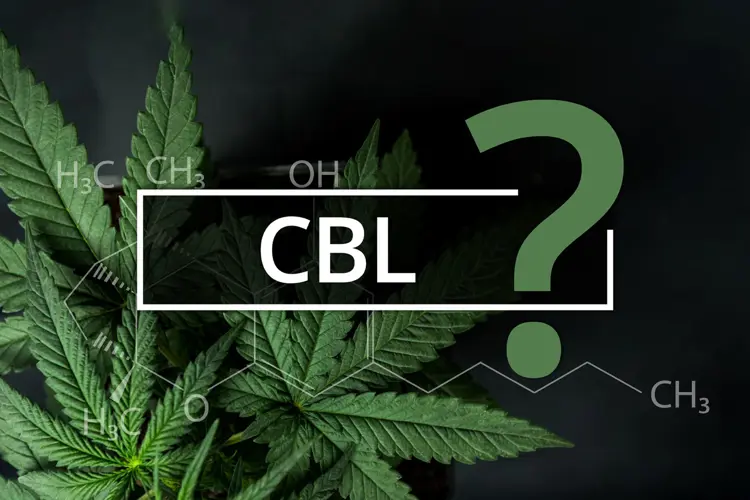
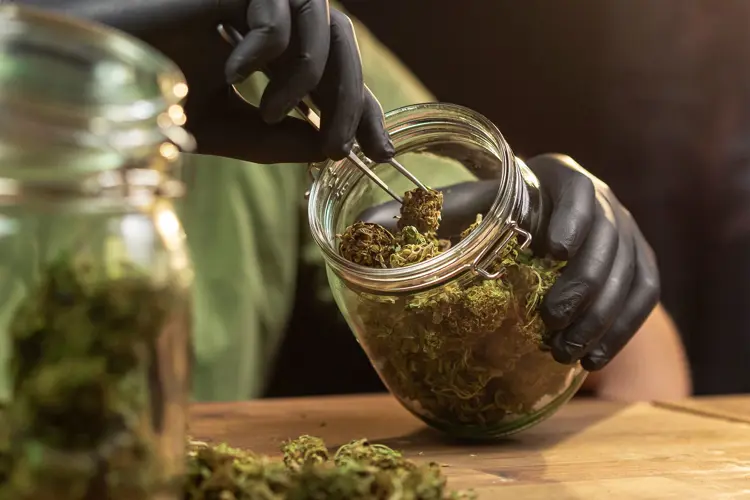
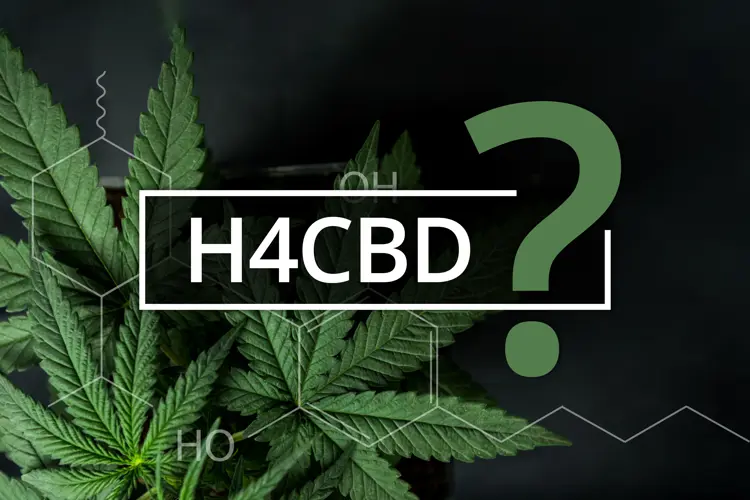
![Image for What Is THC-JD? Legality, Effects, Potency Explored [Update]](https://media.vaping360.com/images/what-is-thc-jd-thumbnail-20a40b517a.webp?imageType=Standard)
